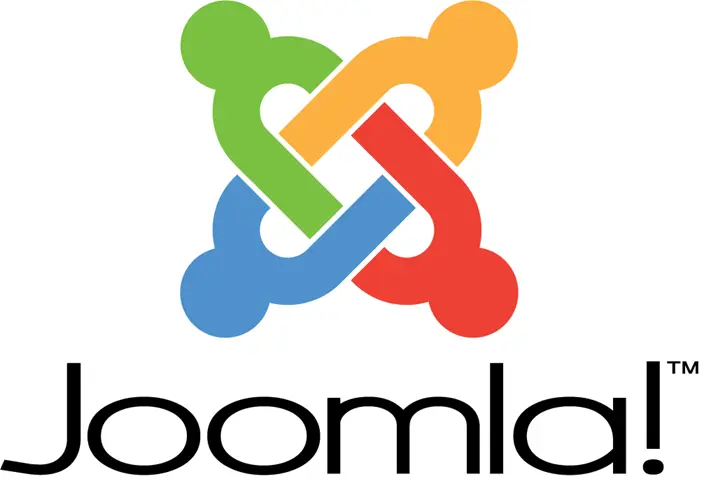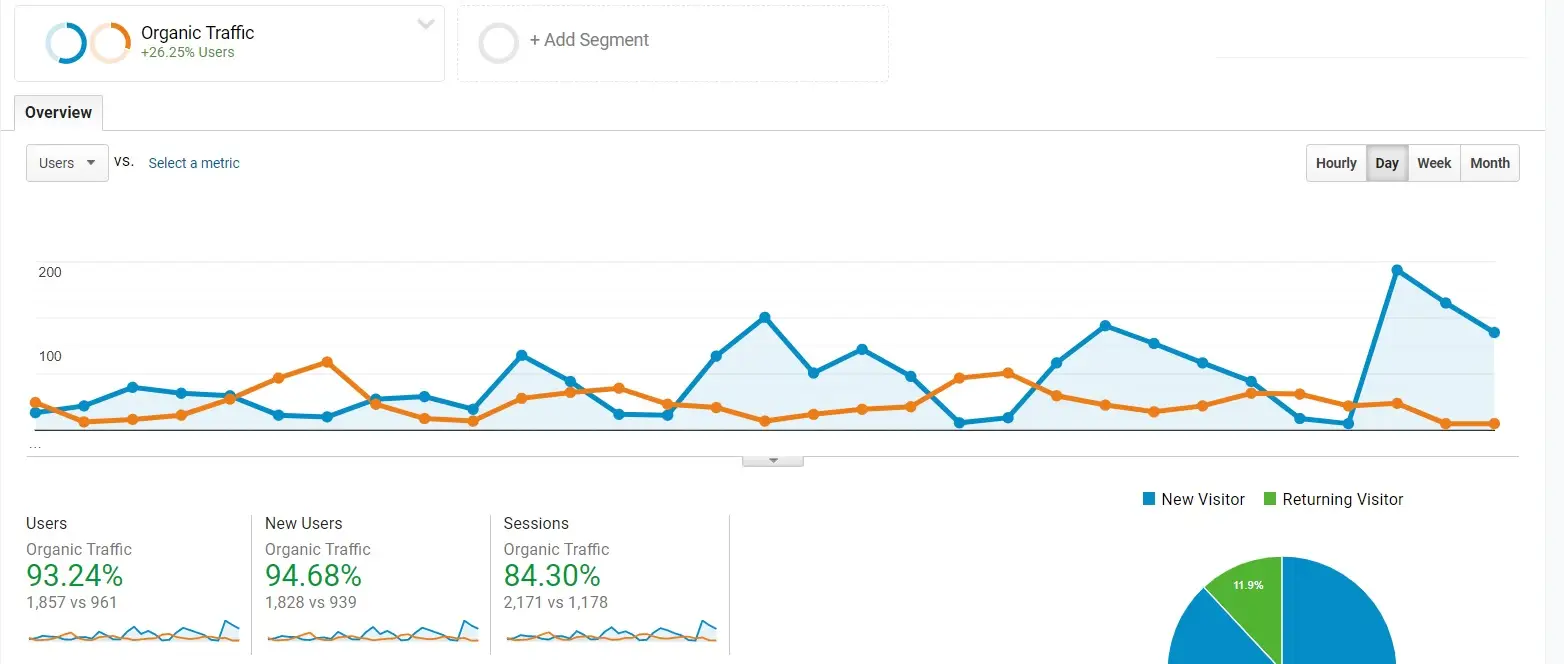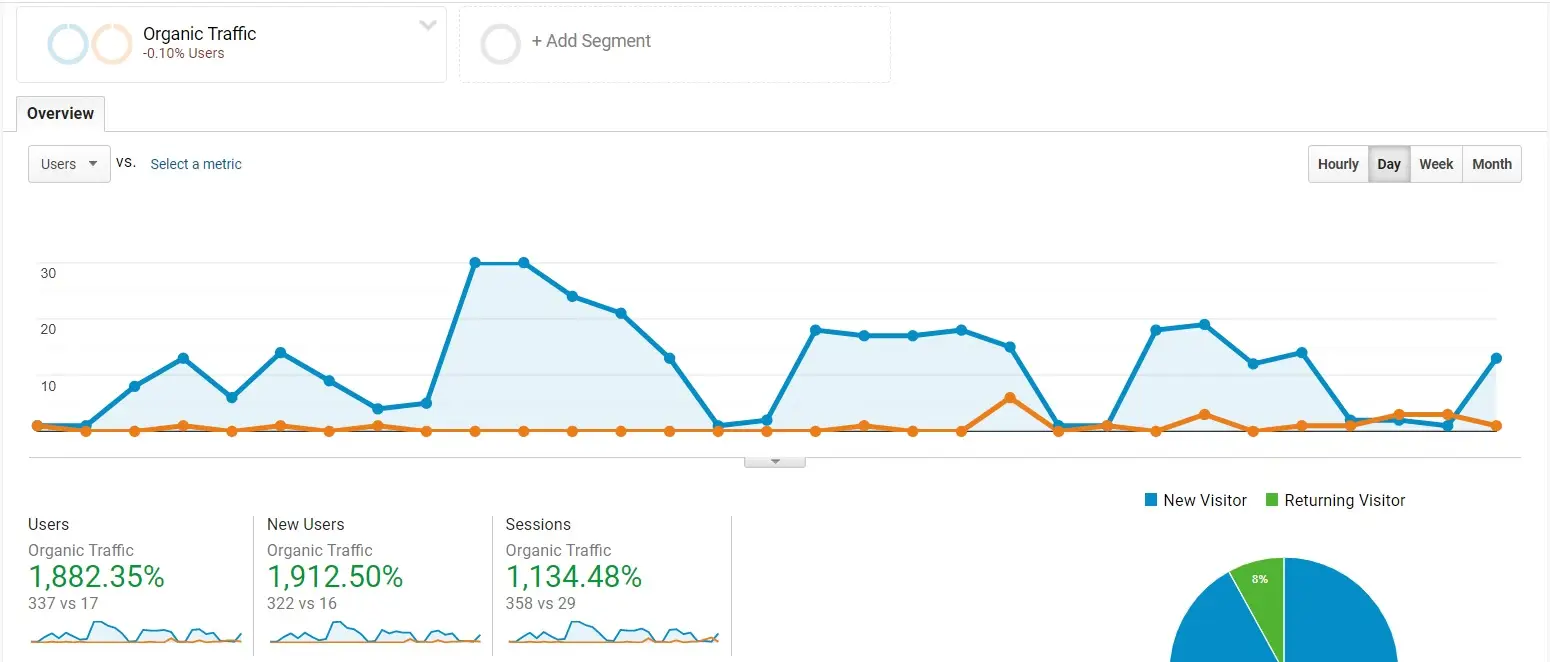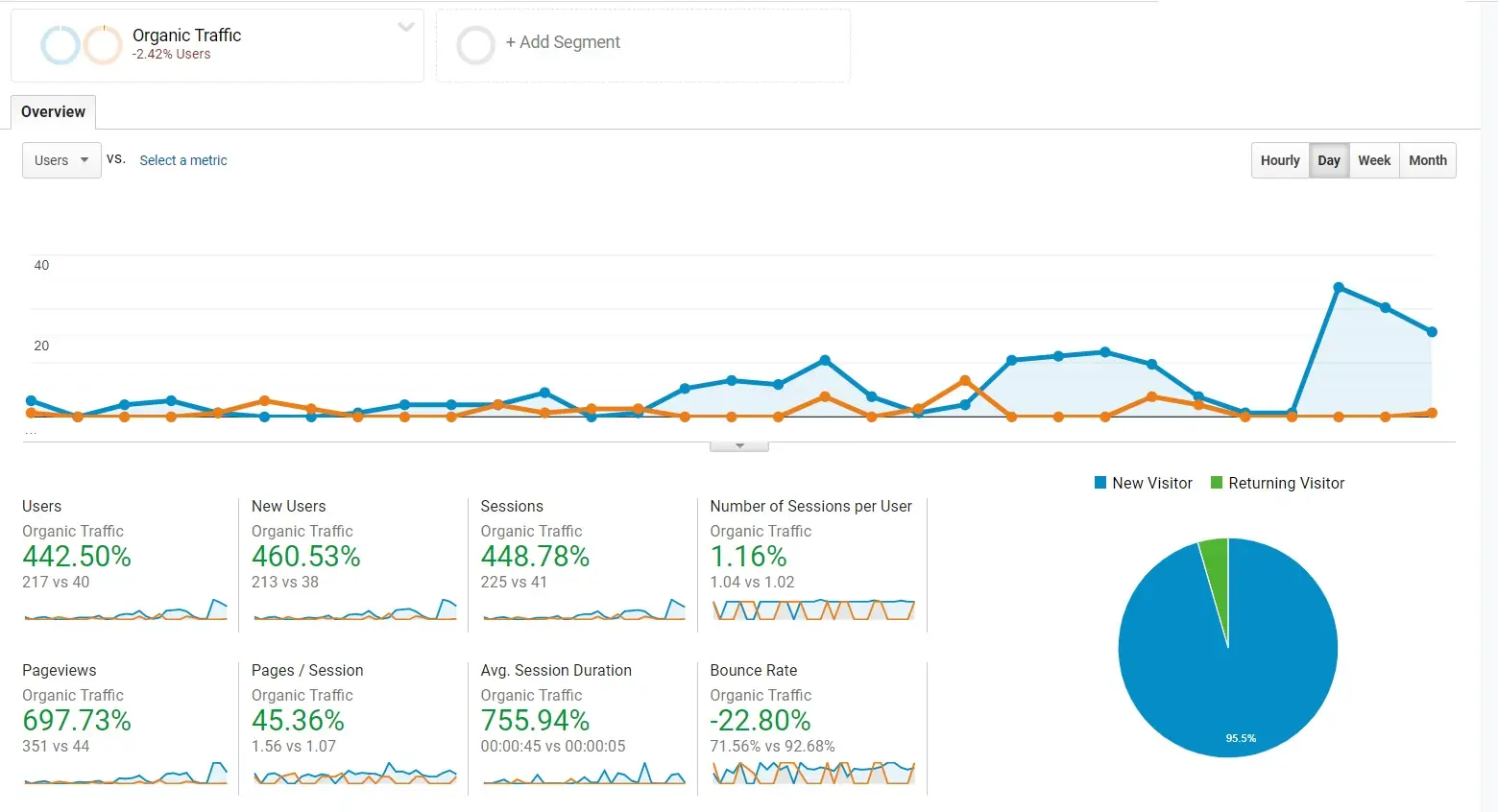Unlock your SEO Potential: From Australia to Global domination
SEO serves as a pivotal catalyst for businesses seeking to broaden their reach, especially within Australia’s dynamic market. Our meticulously crafted SEO strategies, effectively target consumers who are actively searching for keywords related to your business.
SEO Web Up will not only reinforce your brand’s authority but also nurture a meaningful connection with the target community. A well-executed SEO strategy has the potential to transform your website into a formidable instrument for driving targeted traffic, enhancing your credibility, and ultimately fostering sustainable growth.
Embrace the opportunity to unlock your business’s full potential by strategically targeting most sought-after locales, where the efficacy of location-based SEO is unmatched. Or optimize your online presence and engage targeted audiences worldwide with our international SEO expertise!
Industry Spotlight (Australia): Digital Triumphs and Secrets of Online Success
1. Mining and Resources
Australia is a powerhouse in the mining sector, rich in minerals like coal, iron ore, and gold. Companies in this industry leverage online marketing to tell compelling stories about their sustainability initiatives and technological advancements. By creating informative content that highlights responsible mining practices, they not only enhance their reputation but also connect with environmentally conscious investors and consumers. Interactive webinars and virtual tours of mining sites allow stakeholders to engage with the industry, fostering transparency and trust.
2. Agriculture
Agriculture is the backbone of Australia’s economy, known for its high-quality exports like beef, wine, and dairy. Farmers and agribusinesses are increasingly utilizing online marketing to connect with consumers directly. Through captivating social media campaigns, they share behind-the-scenes stories about farm life and sustainable practices. Influencer partnerships help amplify their reach, while e-commerce platforms enable them to sell fresh produce directly to consumers. This direct engagement creates a loyal customer base that values transparency and quality.
3. Tourism and Hospitality
Australia’s breathtaking landscapes, from the Great Barrier Reef to the Outback, make tourism a vital industry. Operators harness online marketing through visually stunning websites and engaging social media content to showcase unique experiences. SEO strategies ensure that travel packages and local attractions rank high in search results, making them easily discoverable. Virtual tours and user-generated content amplify the allure of destinations, encouraging travelers to share their experiences, which can further entice new visitors.
4. Financial Services
The financial services sector in Australia is robust, with institutions ranging from traditional banks to innovative fintech companies. Online marketing strategies focus on building trust and educating clients. Informative blogs, webinars, and engaging social media posts provide insights into financial products and market trends. Personalization in marketing helps tailor services to individual needs, fostering stronger relationships. Digital tools like chatbots enhance customer service, making financial advice more accessible and user-friendly.
5. Technology and Innovation
Australia’s tech landscape is thriving, with a burgeoning startup scene and established companies at the forefront of innovation. Businesses leverage online marketing to showcase their cutting-edge products and services. SEO-optimized content, thought leadership articles, and engaging video demonstrations attract potential clients and investors. Virtual events and webinars not only educate the audience but also facilitate networking opportunities, positioning companies as leaders in their fields.
6. Education
As a top destination for international students, Australia’s educational institutions employ dynamic online marketing strategies to attract learners from around the world. Engaging social media campaigns showcase vibrant campus life and success stories of alumni, making institutions more relatable and appealing. Targeted ads and informative webinars provide prospective students with valuable insights into courses and application processes, ensuring they feel informed and empowered to make decisions.
7. Health and Medical Services
The health sector in Australia, including hospitals and health tech startups, is leveraging online marketing to reach a diverse audience. By creating educational content, engaging in social media outreach, and using targeted ads, these organizations promote their services and health initiatives. The rise of telehealth has accelerated the need for effective online marketing, with practices promoting virtual consultations and wellness programs through interactive content and user-friendly websites.
8. Real Estate
The real estate market in Australia is dynamic, with companies employing online marketing strategies to showcase properties and connect with potential buyers. High-quality visuals, virtual tours, and engaging social media campaigns attract interest and create emotional connections with homes. Content-rich websites provide insights into market trends and neighborhood guides, empowering buyers with the knowledge needed to make informed decisions.
9. Retail
Australia’s retail landscape has transformed significantly with the rise of e-commerce. Retailers utilize online marketing to drive sales through personalized email campaigns, social media engagement, and targeted advertising. Engaging content, including product tutorials and user reviews, builds trust and encourages purchases. Data analytics allow retailers to refine their strategies, ensuring they reach the right audience with the right message at the right time.
10. Creative Industries
Australia’s vibrant creative industries, encompassing film, music, and design, thrive on storytelling and visual engagement. Companies in this space leverage online marketing to showcase their portfolios and connect with audiences. Social media platforms are essential for sharing creative work, promoting events, and engaging fans. Digital advertising helps reach specific demographics, while collaborations with influencers can amplify their reach and impact.
11. Energy and Renewables
As Australia shifts towards renewable energy sources, companies in this sector are utilizing online marketing to promote their green initiatives. Engaging content that highlights sustainability efforts and innovative technologies resonates with environmentally conscious consumers. Social media campaigns and informative webinars educate the public about renewable energy benefits, while community engagement fosters support for sustainable practices.
Online Marketing Mavericks: Inspiring Campaigns by Renowned Companies
1. Commonwealth Bank of Australia (Banking)
The Commonwealth Bank of Australia (CBA) excels in online marketing by creating a seamless digital banking experience. Their user-friendly mobile app and website provide customers with easy access to financial services. Through personalized email campaigns and educational content, CBA engages clients with tips on budgeting and saving, fostering loyalty while positioning itself as a trusted financial partner in an increasingly digital world.
2. Canva (Tech Startups)
Canva has revolutionized graphic design with its intuitive platform, and its online marketing strategy reflects that innovation. By utilizing vibrant social media content, tutorial videos, and user-generated designs, Canva creates a community around its brand. They also leverage influencer partnerships to showcase how individuals and businesses can use their tools creatively, making design accessible to everyone.
3. Qantas Airways (Aviation)
Qantas Airways utilizes online marketing to engage travelers and enhance brand loyalty. Their visually stunning campaigns on platforms like Instagram and Facebook showcase breathtaking destinations, while targeted email marketing promotes special deals and flight offers. The airline also features a user-friendly booking system on its website, ensuring a smooth customer journey from inspiration to booking.
4. Woolworths (Retail)
Woolworths, one of Australia’s leading supermarket chains, employs a multifaceted online marketing approach. Their loyalty program, which integrates seamlessly with their app, encourages customers to shop more frequently. Engaging social media campaigns featuring recipes and promotions keep customers connected, while targeted ads based on shopping behavior ensure that relevant offers reach the right audience.
5. Atlassian (Software Development)
Atlassian, the software giant behind tools like Jira and Trello, effectively uses content marketing to engage its audience. By producing informative blogs, tutorials, and webinars, they educate users on best practices for project management and collaboration. Their strong social media presence helps foster a community of users who share insights and tips, enhancing customer loyalty and product adoption.
6. Australian Broadcasting Corporation (ABC) (Media and Entertainment)
The Australian Broadcasting Corporation (ABC) leverages digital marketing to engage audiences with diverse content. Through a mix of podcasts, streaming services, and engaging social media campaigns, ABC reaches a broad audience. They utilize targeted advertising and SEO strategies to ensure that their content is easily discoverable, making it a go-to source for news, entertainment, and education.
7. Afterpay (Fintech)
Afterpay has transformed the shopping experience in Australia with its “buy now, pay later” model. Their online marketing strategy heavily relies on social media and influencer partnerships to reach younger consumers. By promoting financial wellness and responsible spending, Afterpay positions itself as a convenient and trustworthy payment option, appealing to the growing market of online shoppers.
8. Flight Centre (Travel)
Flight Centre embraces online marketing to connect with travel enthusiasts. They use vibrant visuals and engaging content across platforms like Instagram and Facebook to inspire wanderlust. Targeted email campaigns showcase exclusive travel deals, while a user-friendly website and app facilitate easy bookings, making travel planning a breeze for customers.
9. Telstra (Telecommunications)
Telstra, Australia’s largest telecommunications provider, employs a comprehensive online marketing strategy that includes content marketing, social media engagement, and targeted advertising. By providing valuable resources, such as tips on optimizing internet usage and understanding mobile plans, Telstra educates consumers while promoting their services effectively, ensuring they remain a top choice for connectivity.
10. Seek (Employment Services)
Seek is the leading employment marketplace in Australia, and their online marketing strategies are focused on helping job seekers and employers connect. They leverage content marketing by providing career advice, resume tips, and industry insights through blogs and videos. Their targeted ads on social media attract job seekers, while personalized email notifications keep users informed of new job opportunities that match their skills.
11. Redbubble (E-commerce)
Redbubble, a platform for independent artists to sell their work, utilizes online marketing to foster a creative community. By featuring user-generated content on social media and engaging in influencer collaborations, Redbubble effectively showcases unique products. Their targeted advertising strategy ensures that the right audiences discover their diverse range of art and merchandise, driving sales and brand loyalty.
The SEO Map of Australia: Key Locations for Marketing Success
1. Sydney
Sydney, the dazzling jewel of Australia, is a vibrant metropolis that perfectly blends work and play. Picture the iconic Sydney Opera House and the Harbour Bridge framing a bustling financial district filled with multinational corporations and innovative startups. As a global financial powerhouse, Sydney attracts top talent from around the world, all while offering an enviable lifestyle with world-class dining, stunning beaches, and an exciting arts scene. It’s not just about business here; it’s about enjoying life in one of the most beautiful cities on the planet.
2. Melbourne
Welcome to Melbourne, Australia’s cultural capital and a thriving hub for creativity and innovation. Known for its eclectic neighborhoods, vibrant street art, and renowned coffee culture, this city is a playground for creative minds. Melbourne is home to a flourishing startup ecosystem, particularly in design, technology, and fashion. Its diverse population fosters collaboration and fresh ideas, making it an ideal place for businesses looking to tap into new markets. With a calendar full of festivals and a rich culinary landscape, Melbourne is as much about lifestyle as it is about success.
3. Brisbane
Brisbane, the sun-kissed capital of Queensland, is a city on the rise! With its warm climate and outdoor lifestyle, Brisbane is attracting businesses in tech, health, and education. The city’s vibrant arts scene and numerous festivals create a lively atmosphere that’s hard to resist. Plus, its strategic proximity to Asia makes it a prime location for companies looking to expand internationally. Whether you’re enjoying the scenic South Bank or exploring the lively Fortitude Valley, Brisbane offers a perfect blend of business opportunities and laid-back living.
4. Perth
On Australia’s stunning west coast lies Perth, a city known for its breathtaking beaches and robust economy. A powerhouse in mining and resources, Perth is also diversifying into technology and innovation, making it a hotbed for new business ventures. The city’s easy access to Asian markets opens up exciting opportunities for trade and collaboration. With its relaxed lifestyle and beautiful surroundings, Perth is not just a place to work; it’s a place to enjoy the great outdoors and connect with a vibrant community.
5. Adelaide
Adelaide is a hidden gem, celebrated for its exceptional quality of life and flourishing arts scene. This city is quickly becoming a center for advanced manufacturing, health, and research, supported by top-notch universities. Adelaide hosts a myriad of festivals, including the renowned Adelaide Festival of Arts, attracting culture lovers from around the globe. With a strong focus on sustainability and smart city initiatives, Adelaide offers a nurturing environment for businesses that want to innovate while contributing to a vibrant community.
6. Hobart
Hobart, the charming capital of Tasmania, is a haven for those seeking creativity and sustainability. Known for its stunning natural landscapes and a burgeoning food scene, Hobart attracts businesses in tourism, agriculture, and renewable energy. The city’s strong sense of community and focus on quality of life make it an appealing place for entrepreneurs looking to balance work with an active lifestyle. From its bustling Salamanca Market to the breathtaking views of Mount Wellington, Hobart is a place where business and beauty go hand in hand.
7. Canberra
As the political heart of Australia, Canberra is more than just a government hub; it’s a growing center for business and innovation. Home to numerous research organizations and tech firms, the city emphasizes education and collaboration. With plenty of green spaces and cultural attractions, Canberra offers a unique lifestyle that blends work with leisure. Its strategic location makes it an ideal base for companies looking to engage with the national landscape while enjoying a high quality of life.
8. Gold Coast
Famous for its stunning beaches and surfing spots, the Gold Coast is also becoming a vibrant business hub. Known for tourism, health, and education, the city is rapidly expanding into technology and innovation sectors. The Gold Coast’s laid-back lifestyle and sunny climate attract professionals seeking the perfect work-life balance. Ongoing infrastructure improvements make it an attractive choice for businesses looking to grow in a dynamic environment, all while enjoying the coastal lifestyle.
9. Newcastle
Newcastle, just north of Sydney, is an emerging regional powerhouse with a diverse economy. With strengths in education, healthcare, and tourism, the city is also cultivating a growing tech sector. Newcastle’s beautiful beaches and vibrant arts scene make it a fantastic place to live and work. Recent investments in infrastructure and urban renewal are further enhancing its appeal, creating a thriving atmosphere for businesses and a welcoming community for residents.
10. Cairns
Cairns, the tropical paradise and gateway to the Great Barrier Reef, is known for its vibrant tourism industry. But this city is also diversifying into agriculture, particularly in tropical produce and aquaculture. Cairns’ breathtaking natural beauty and outdoor lifestyle attract both visitors and residents, while its focus on sustainable practices and eco-tourism creates unique opportunities for businesses that align with the environment. In Cairns, entrepreneurs can thrive while surrounded by nature’s wonders.
11. Launceston
Launceston, another Tasmanian treasure, is renowned for its rich history and burgeoning food and wine scene. With a commitment to sustainability and innovation in agriculture and tourism, Launceston is gaining traction as a business destination. The city’s strong community focus and picturesque surroundings create an inviting atmosphere for entrepreneurs. Its growing reputation for local produce and craft beverages offers exciting opportunities for those looking to make their mark in a supportive environment.



